the 2010 ADA Standards for Accessible Design now requires that elements like toilets and drinking fountains be designed for children with disabilities. The requirements are not easy to find, and some of the requirements either don’t make sense or they are confusing to understand. This newsletter will address some of the requirements and will shed some light on the confusing standards.
604.9 Toilets and Toilet compartments
If toilets and toilet compartments are meant to be used by children, the Standards provides suggestions and guidance in lieu of using the “adult” guidelines. The guidelines for children’s toilets are found in ADA/TAS Section 604.9. In addition, the grab bar heights for children are found in 609.4.
1) The location of the toilet measured from the side wall to the centerline should be between 12″-18″
2) The height of water closets should be between 11″-17″ to the top of the seat
3) The outlet of the toilet paper dispensers should not be mounted lower than 14″ and no higher than 19″
4) The top of the gripping surface at grab bars for children should be mounted between 18″-27″ a.f.f. (refer ADA section 609.4)
There is an advisory table which divides these ranges into ages. It is not required to use the table, rather to use it as a guideline and optional.
Because these age designations are only advisory, a set of grab bars could be mounted at 27″ max even if the toilet seat height was 11″ tall. As my colleague Ken Otten pointed out to me, this is important to note “because it is almost impossible, as many designers and contractors have found, to mount grab bars any lower than 27 inches AFF while still maintaining the required 1 1/2 inches of clearance below the grab bar (due to the location of water closet tanks, flush controls etc.)”
He also pointed out “Although the advisory for dispensers is well-intended, it doesn’t always work. For children 3-4 years old, the advisory specifies a reach range of 14″ AFF for the toilet paper dispenser. If one were to mount a grab bar 18″ AFF to the top of the bar, after taking into account the width of the grab bar and the 1 1/2 inches of clearance required below the grab bar, a toilet paper dispenser would have to be mounted no more than 15″ AFF to the top of the unit, making it impossible for the outlet of the dispenser to be a minimum of 14” AFF. One inch is simply not enough room.
Even if we ignore the fact that the 604.9 Advisory gives only one dimension (14″) for this age group, and apply the entire range given in 604.9.6 for dispensers – 14″ to 19″, it is still impossible to mount a grab bar at 18″ and also comply with the requirement for dispenser mounting heights without violating the clearances required above and below grab bars in in 609.3.”
An example of a child toilet
606 Lavatories and Sinks
Sinks and lavatories are required to provide a knee clearance for forward approach. When designing for children, a parallel approach will be required.
1) A parallel approach shall be permitted at lavatories and sinks used primarily by children 5 years and younger
2) A knee clearance of 24″ (instead of 27″) a.f.f. minimum is permitted for children 6 to 12 years old
The lavatories can be some for adults and some for children like this photo shows. Of course there are other violations, like the pipes are not wrapped, but the heights were acceptable.
Reach Ranges
There is an advisory in the 2010 ADA that gives reach ranges for children. These are only advisory and not required, therefore if you use the adult reach ranges for children it is acceptable. These ranges are either for side approach or forward approach.
Some of the items that children would have to reach would be their cubbies, coat hooks, operable parts and lockers for example.
Children with disabilities are like other children and want to do things independently. Providing elements at a lower reach range gives them that opportunity..
The coat hooks on this set of cubbies appear to be within a child’s reach range, but the storage units appear to be taller. In order to give the child with disabilities a similar experience as the other children, consider using the advisory reach ranges
602 Drinking Fountain
A parallel approach complying with 305 shall be permitted at units for children’s use where the spout is 30 inches (760 mm) maximum above the finish floor or ground and is 3 1/2 inches (90 mm) maximum from the front edge of the unit, including bumpers.
One thing to keep in mind when designing for children is that you still have to maintain the requirements for adults. The 2010 ADA requires that a minimum of two drinking fountains be provided when drinking fountains are part of the project. 50% should be for wheelchair users (adults) and 50% should be for standing adults that can’t bend down. Therefore if you are wanting to provide drinking fountains for children, that would have to be a third one since we still have to maintain the minimum required standards for adults.
This set of drinking fountains is an example of how more drinking fountains were added to accommodate the different users….of course that many are not really required. In reality these might violate the 50% rule since two of the drinking fountains should have been for standing adults.
Need CEUs
If you are interested in Building Code seminars check out my colleague Shahla Layendecker with
SSTL CodesIf you want to learn more about these standards, be sure to check out my books:

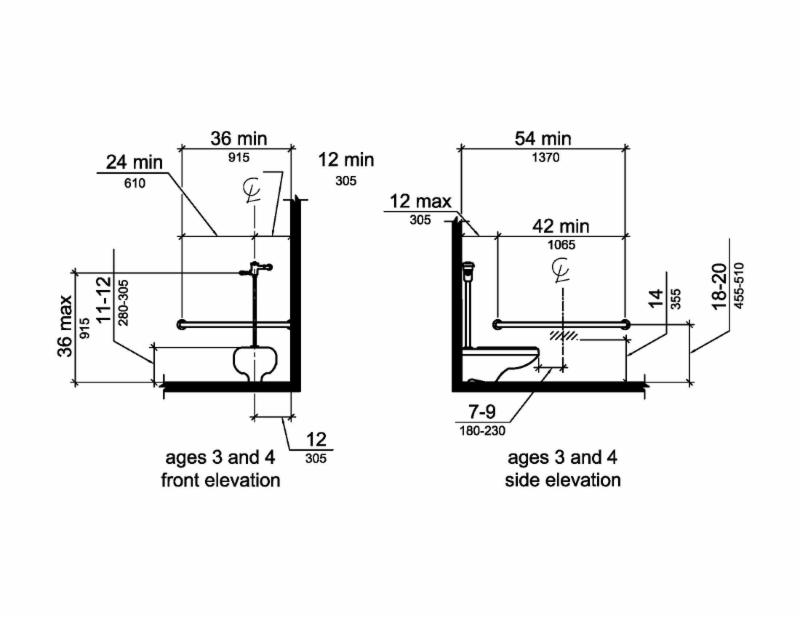
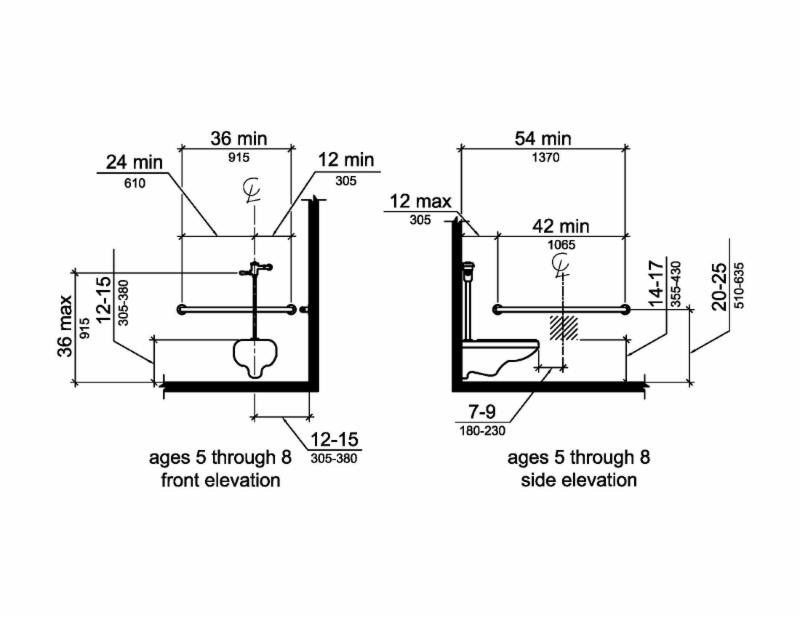
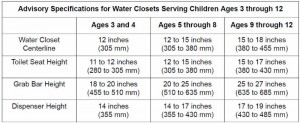
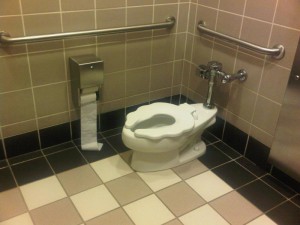
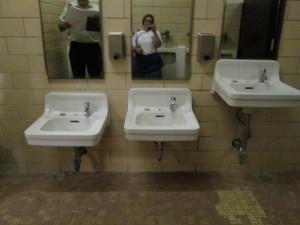

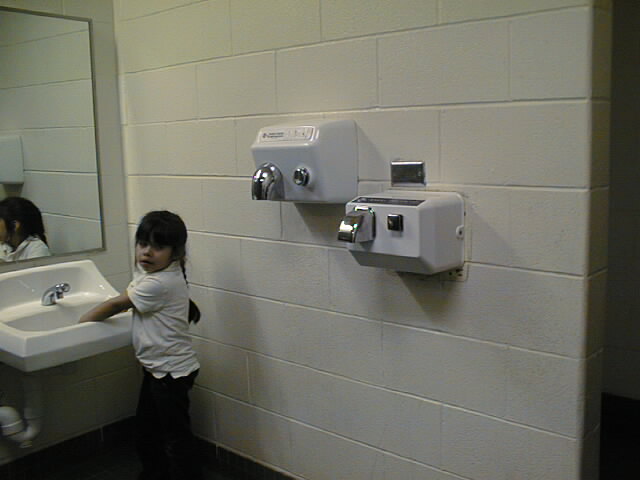
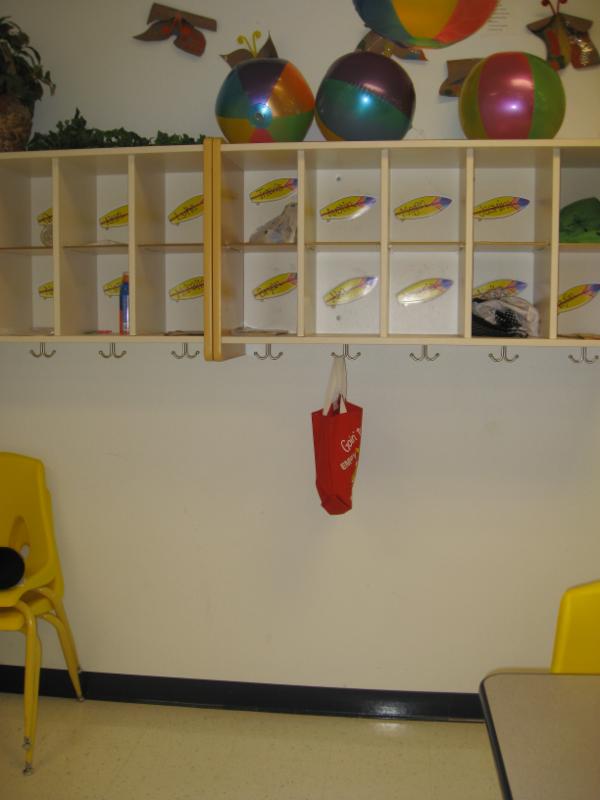
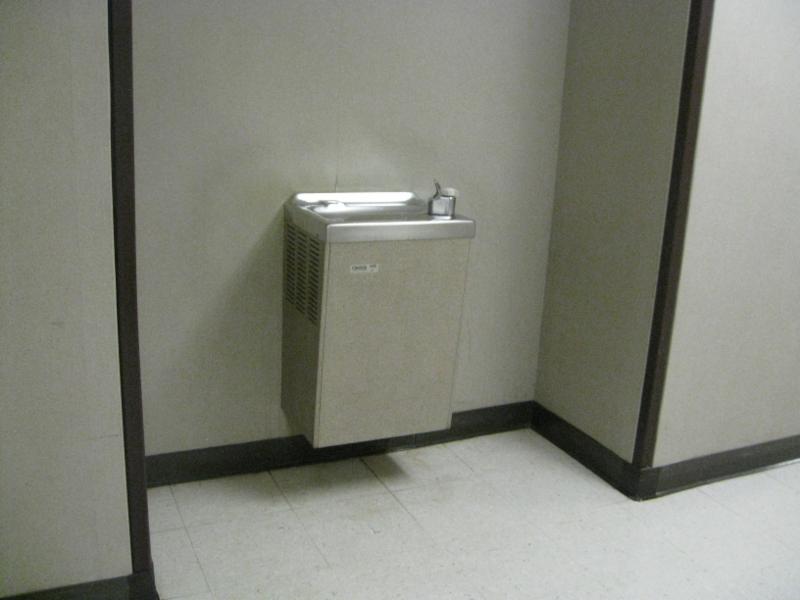
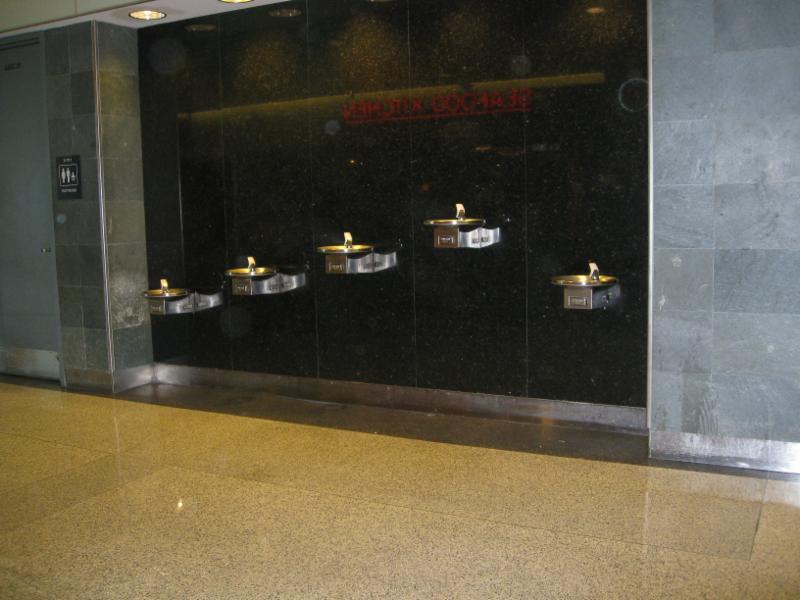

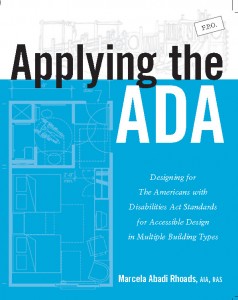
 Abadi
Abadi 
